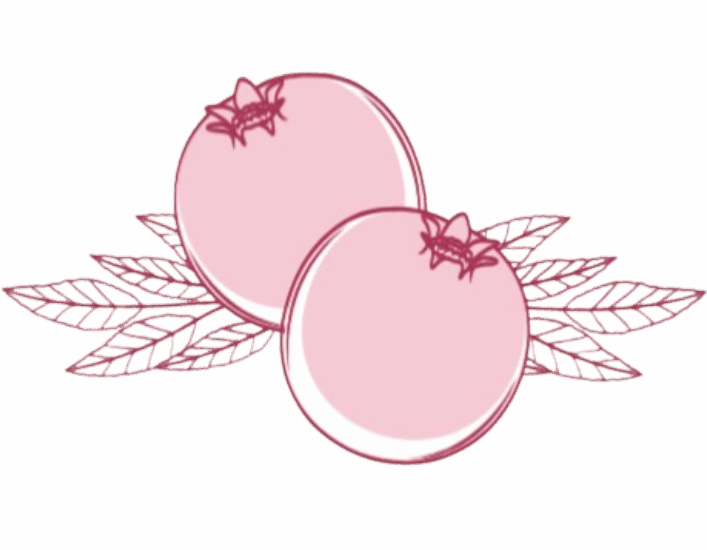Rasakan keseruan bermain game bola dari Pragmatic Play dengan mekanisme tembakan yang akurat dan fitur-fitur menarik untuk pemain.

Membongkar Rahasia Menang Togel Singapore: Strategi dan Tips Ampuh
Artikel ini membahas strategi dan tips untuk meningkatkan peluang menang dalam permainan Togel Singapore secara lengkap dan alami.

CQ9 Arcade: Sensasi Game Arcade Modern yang Menghibur
Selami dunia permainan arcade modern dengan CQ9 Arcade, yang menawarkan grafis memukau dan gameplay seru untuk menghibur setiap penggemar game.

Mengungkap Sensasi Live Casino Evolution Gaming
Rasakan pengalaman judi online paling nyata dengan Live Casino Evolution Gaming. Temukan fitur menarik dan tip bermain yang wajib Anda coba!

Strategi Menang Togel Singapore: Kunci Menjadi Jutawan
Pelajari strategi efektif untuk menang Togel Singapore. Dengan pendekatan tepat, raih peluang besar jadi jutawan dari permainan togel paling populer ini.

Mengenal Ayam Bangkok, Raja Sabung Ayam yang Tangguh dan Populer
Pelajari seluk-beluk Ayam Bangkok, jenis ayam sabung yang paling populer dan tangguh, serta tips memilih dan bertaruh di platform SV388.

Mengenal Jenis Ayam Bangkok di Sabung Ayam SV388
Mengenal lebih dalam jenis ayam Bangkok yang populer di permainan sabung ayam SV388, termasuk ciri khas, kelebihan, dan strategi bertaruh.

Evolution Gaming: Raja Live Casino dengan Sensasi Tak Tertandingi
Mengupas tuntas Evolution Gaming sebagai penyedia live casino terbaik dengan fitur interaktif dan sensasi nyata yang memukau pemain.

Rasakan Sensasi Slot Wolf Gold: Game Slot Unik dari Pragmatic Play
Wolf Gold adalah salah satu game slot paling banyak diminati dari Pragmatic Play. Artikel ini membahas fitur unggulan, cara menang, dan tips bermain Wolf Gold dengan strategi cheat slot.

Rasakan Sensasi Baccarat Live dengan Evolution Gaming
Nikmati pengalaman bermain Baccarat Live yang seru dan interaktif dari Evolution Gaming, salah satu penyedia casino live terkemuka dunia.

